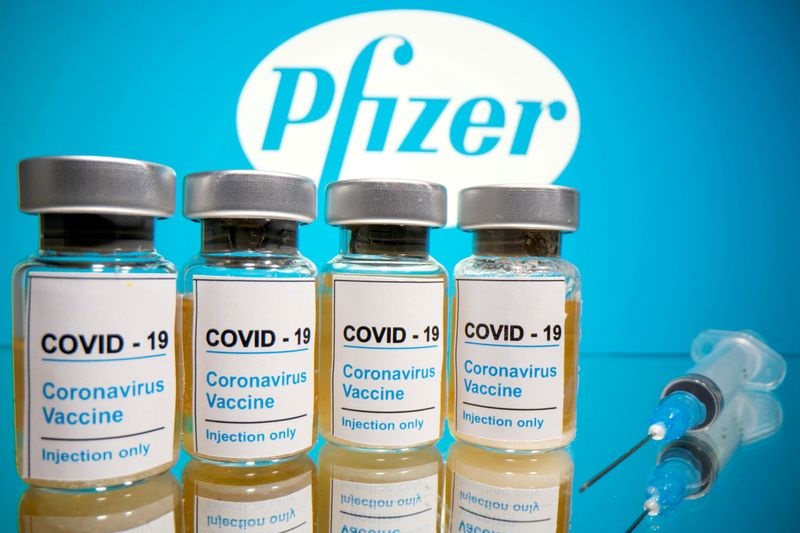Pfizer Inc. (NYSE:PFE) announced on Tuesday that it anticipates its profits for the year 2025 to align closely with current Wall Street projections. This announcement comes as the pharmaceutical giant addresses criticism from activist hedge fund Starboard Value regarding its strategy for recovery.
In response to the forecast, Pfizer's stock saw an increase of nearly 3% in premarket trading. The company has set its adjusted earnings target between $2.80 and $3 per share, which is in the vicinity of the $2.88 average estimate projected by analysts.
The drugmaker is currently focused on reducing costs and minimizing debt by divesting non-essential businesses. This is part of a broader strategy to reshape the company following a significant drop in sales of COVID-19 related products.
Pfizer's shares have declined by nearly 12% since the beginning of the year and are currently valued at roughly half of their peak during the height of the pandemic. This decline in revenue and the looming expiration of patents for several leading drugs have made the company susceptible to critiques from investors. Starboard Value, in October, expressed concerns that Pfizer's management had overspent on large acquisitions without yielding profitable new drugs from those investments or from its in-house research and development efforts.
The company has projected its revenue for 2025 to be between $61 billion and $64 billion, which is close to the $63.26 billion predicted by analysts. Later today, Pfizer is scheduled to conduct a conference call with analysts to further discuss these forecasts.
Additionally, Pfizer reaffirmed its guidance for the full year of 2024 that was previously announced on October 29, 2024. The company expects a 10% to 18% operational growth in adjusted diluted earnings per share (EPS) for 2025, calculated from the midpoint of the 2024 guidance after making adjustments for non-recurring items from 2024.
Pfizer has already achieved its target of net cost savings amounting to $4.0 billion through 2024 and anticipates an extra $500 million in savings in 2025 due to its ongoing cost realignment program. The initial phase of its manufacturing optimization program is on track to start contributing to net cost savings by the latter part of 2025, with the aim of enhancing gross margin performance.
This article was generated with the support of AI and reviewed by an editor. For more information see our T&C.
